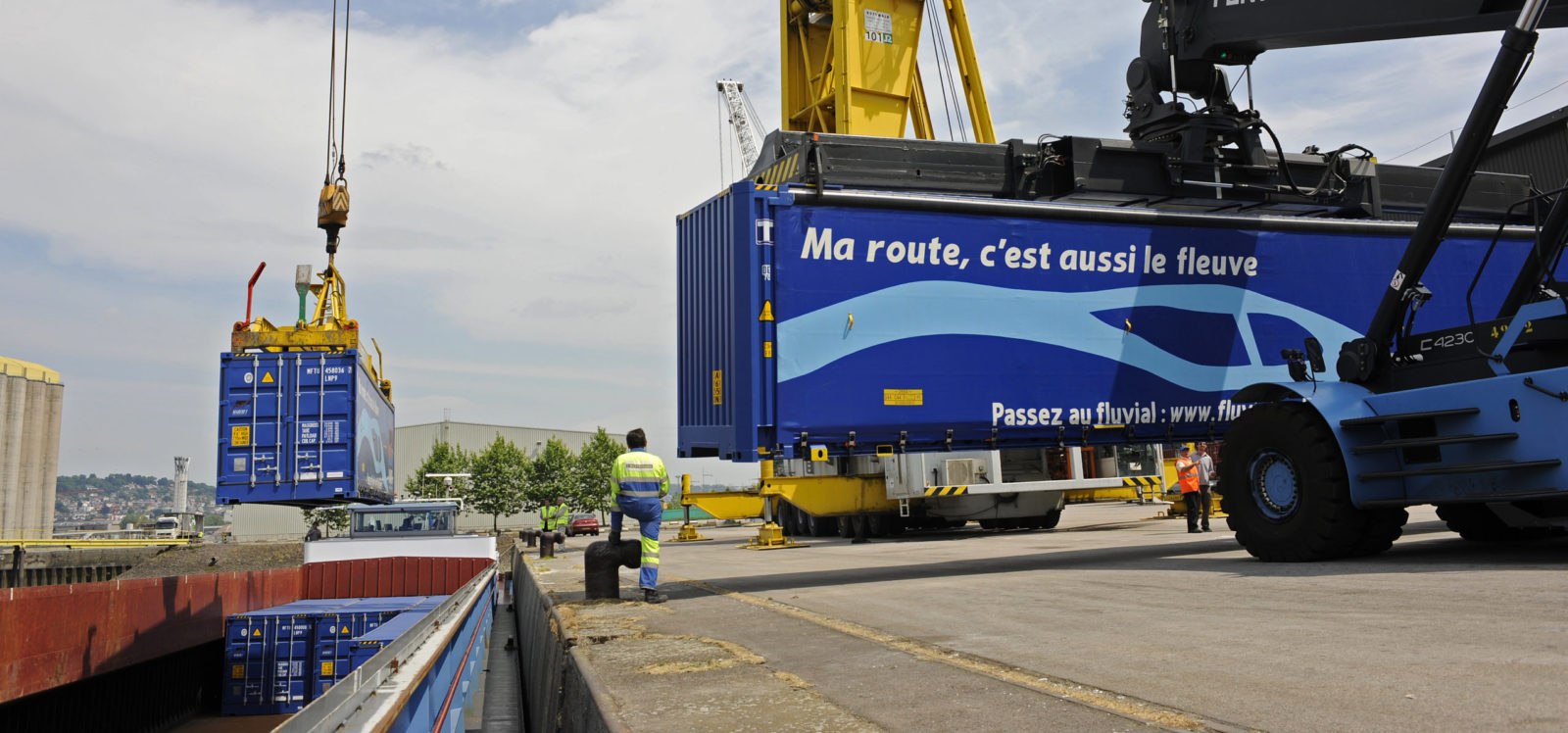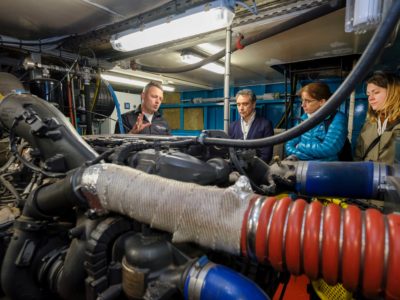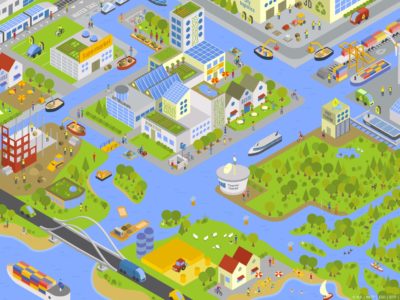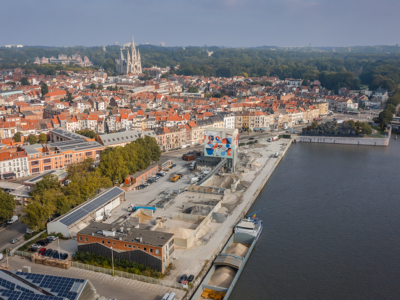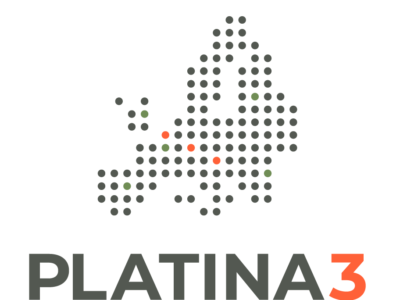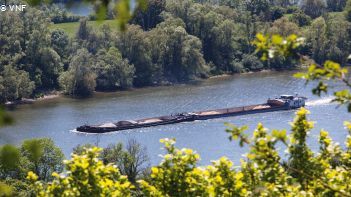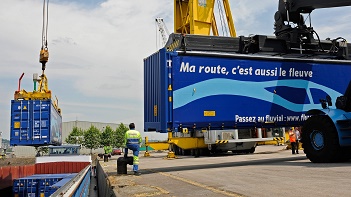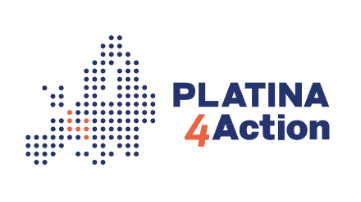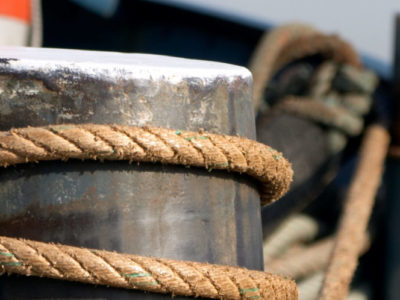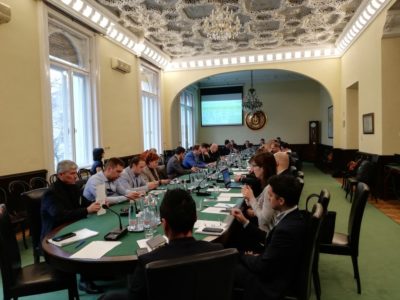Transport by water
Naiades 3 (2021-2027)
The Naiades action programme for the period 2021-2027, released in June 2021, builds upon the European Smart and Sustainable Mobility Strategy and the ‘Strategic Inland Waterway Transport agenda for Europe’ recommendations of the Naiades expert implementation group, initiated by INE and the European Green Deal. It sets out the lines for more freight transport to inland waterways, towards zero-emission and smart shipping as well as an attractive social and professional working environment.
The action plan counts 35 actions covering specific inland waterway transport measures and general transport measures such as TEN-T, combined transport, alternative refueling and state aid, that underpin the goal of shifting more freight to inland shipping, while working towards a zero emission and digital transport mode. Within the Naiades implementation expert group, the Commission, Member States, River Commissions and sector monitor and assist with the implementation of the action plan, first with the support of the Platina3 project, now with the Platina4 project. INE is member of the Naiades Commission expert group and of the Platina4 Advisory Committee.

What is NAIADES and why is it important?
- The EU waterway transport policy aiming for a better use of inland shipping to relieve congested transport corridors and assist the transport modes with moving to zero emission, climate resilience and digitalisation.
- The EU action programme to develop waterway transport. The 1st Naiades programme ran from 2006 until 2013, the 2nd from 2014 until 2020 and the 3rd and current one from 2021 until 2027.
- Waterway transport is supported through the funding and financing programmes Connecting Europe Facility, Horizon Europe, LIFE, the Innovation Fund, the Recovery and Resilience Facility and the EU Structural and Investment Funds.
The Platina projects
The EU-funded PLATINA projects provide coordination and support activities to prepare policies. Their main objective is to provide the knowledge base. The current Platina4 project works on the following topics:
• supporting and coordinating research and innovation activities focussing on green and connected IWT to find synergies between parallel developments;
• impact estimations of NAIADES III actions and supporting the policy discussions to achieve modal shift and zero-emission IWT;
• updating the Strategic Research and Innovation Agenda for IWT.
This happens in close cooperation with all public and private stakeholders.
Started in January 2024, the project ends in December 2026 and is co-financed by the Horizon Europe Programme.
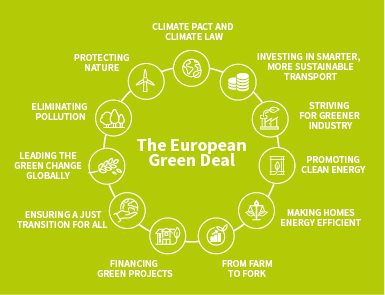
EU targets
2022
• Revision of Urban Mobility Package with better use of inland waterways into cities
• Proposal for e-Documents for inland crew & vessels
2023
• Revision of RIS directive
• Revision of the combined transport directive
2030
• Automated mobility will be deployed at large scale
• Zero-emission vessels will become ready for market
• Transport by inland waterways & shortsea up by 25%
2050
• Transport by inland waterways & shortsea up by 50%
Priorities for INE
The priorities for INE are the actions and tools that assist waterway authorities with carrying out their mission, such as:
- instruments for modal shift by changing the Combined Transport Directive and State aid Guidelines into tools that support and enhance inland waterway transport, as well as measures that support the transition towards zero-emission operations – INE deplores the limited scope of the revised proposal on combined transport which does not support the modal shift to multimodal inland waterways;
- a European roadmap for the digital transformation of inland waterway transport and the interoperability with other modes – INE welcomes the Inland Water Transport Digitalisation Vision 2023;
- a policy that contributes to make waterway infrastructure reliable and climate resilient for waterway transport in harmony with other waterway functions – INE welcomes the agreement on the new TEN-T regulation and looks forward to an adequate new CEF regulation to implement the TEN-T policy.

